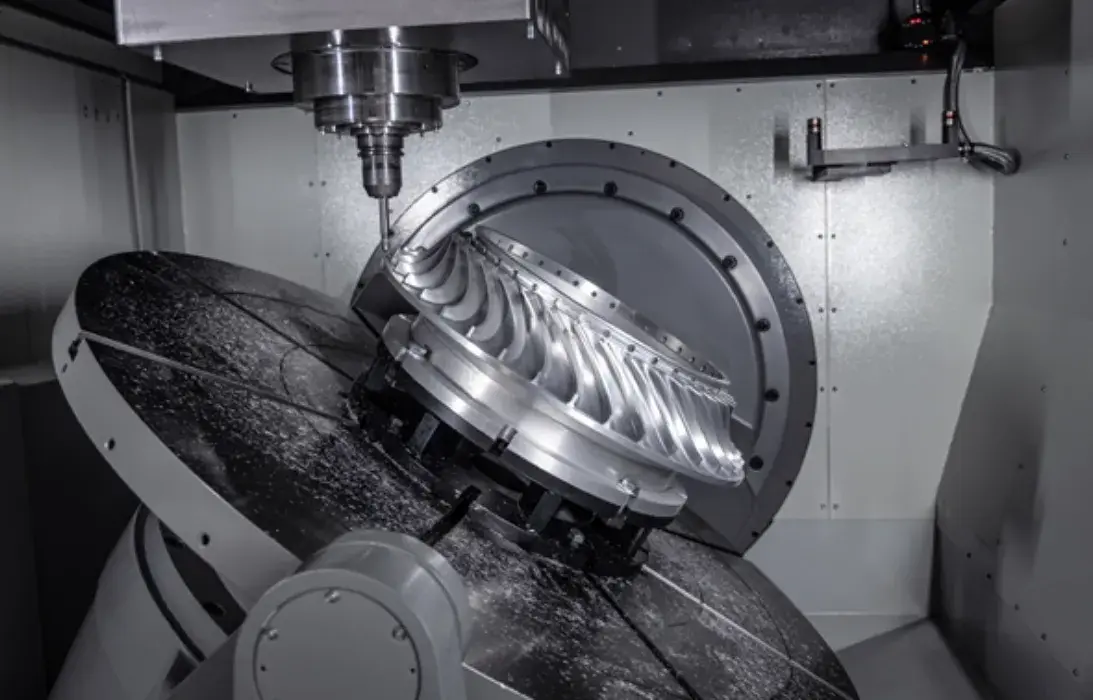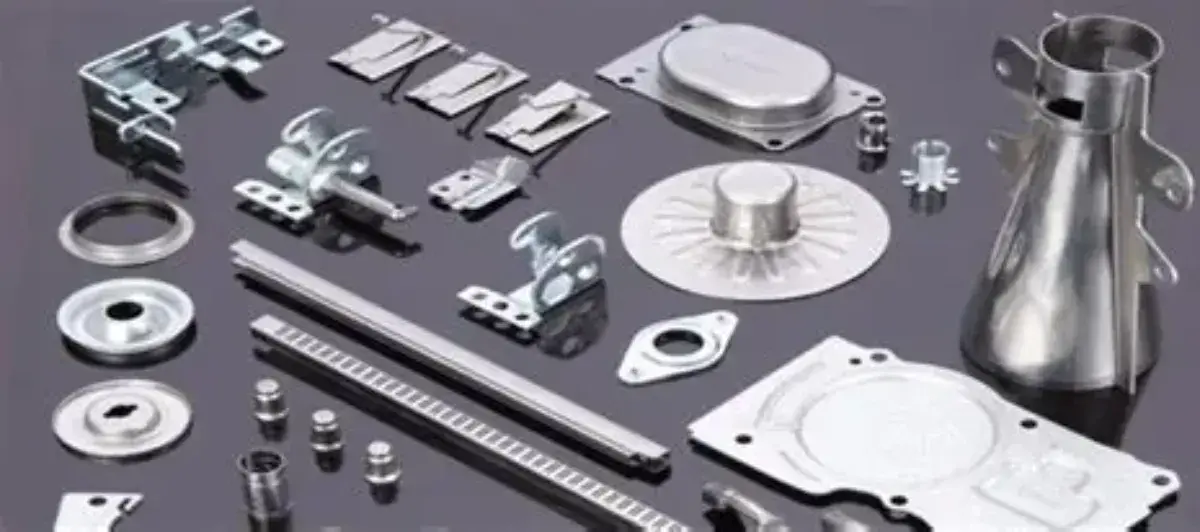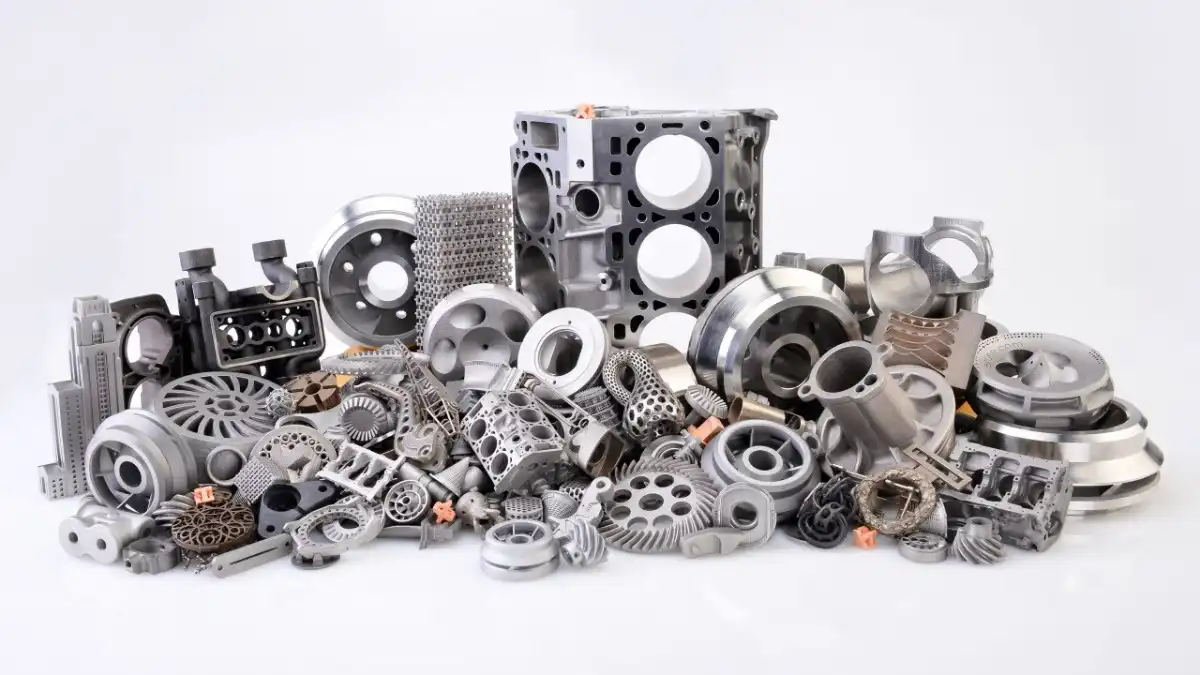What You Need To Know About CNC Aluminum Machining?
Aluminum's adaptability and precise engineering come together in CNC aluminum machining, a state-of-the-art production technique. A wide range of businesses may benefit from this method because of the high degree of precision achieved by using computer-controlled equipment to manufacture aluminum CNC parts. When it comes to design flexibility, corrosion resistance, and strength-to-weight ratio, CNC aluminum machining is second to none in the aerospace and automotive industries. Whether you're a seasoned engineer or new to manufacturing, understanding the intricacies of this process can significantly impact your project's successIn this comprehensive direct, we'll dig into the basic angles of CNC aluminum machining, investigating its points of interest, applications, and key contemplations for ideal comes about.
The Fundamentals of CNC Aluminum Machining
Understanding the CNC Process
CNC aluminum machining is a subtractive manufacturing method that uses computer-controlled tools to remove material from a solid block of aluminum. This process begins with a 3D CAD model, which is then translated into a set of instructions for the CNC machine. Accurately guiding the machine's cutting tools, these instructions enable the fabrication of intricate designs with strict tolerances.
Types of CNC Machines for Aluminum
Various CNC machines are used in aluminum machining, each suited to different applications. Milling machines can drill, bore, and shape, among other things, making them quite versatile. Cylindrical aluminum CNC parts are best made with lathes, while multi-axis machines provide more freedom of movement when working with complicated designs. If you want to choose the correct machinery for your job, you need to know what each sort of machine can do.

Aluminum Alloys in CNC Machining
The choice of aluminum alloy significantly impacts the final product's properties. Common alloys used in CNC machining include 6061 (known for its excellent machinability and corrosion resistance), 7075 (prized for its high strength-to-weight ratio), and 5052 (valued for its superior weldability). Considerations including strength, weight, and environmental exposure should be considered when choosing an alloy since each has its own set of advantages and disadvantages.
Advantages and Applications of CNC Aluminum Parts
Benefits of Using Aluminum in CNC Machining
When it comes to CNC machining, aluminum has several benefits. Applications in the aerospace and automotive sectors, where weight reduction is of the utmost importance, are perfect given its lightweight nature. The material's excellent thermal conductivity is beneficial for components that require efficient heat dissipation, like heat sinks in electronics. Further cutting down on manufacturing time and expenses, aluminum's inherent corrosion resistance means that protective coatings aren't always necessary.
Industries Leveraging CNC Aluminum Machining
One reason CNC aluminum machining is useful in so many different industries is its adaptability. Lightweight, high-strength aluminum CNC parts for airplanes and satellites are produced for the aerospace sector. The automotive sector utilizes aluminum CNC parts for engine components, chassis parts, and decorative elements. Medical device manufacturers rely on the precision of CNC machining for creating intricate aluminum CNC parts like surgical instruments and implants. The technology sector also benefits from CNC aluminum machining in the production of aluminum CNC parts such as computer casings, smartphone frames, and other electronic enclosures.
Innovative Applications and Case Studies
Innovative uses have sprung from recent developments in computer numerical control (CNC) aluminum machining. For instance, in the renewable energy sector, CNC-machined aluminum components are being used in the construction of more efficient solar panels and wind turbines. Robots that are more nimble and lightweight are being made possible by precision-machined aluminum components. Through these examples, we can see how CNC aluminum machining is changing product design and functioning in a variety of sectors.

Optimizing CNC Aluminum Machining Processes
Design Considerations for CNC Aluminum Parts
Effective design is crucial for maximizing the benefits of CNC aluminum machining. Consider the part's wall thickness, internal corners, and feature complexity when designing it. Maintaining uniform wall thickness helps prevent warping during machining, while designing with larger internal corner radii can reduce stress concentrations and improve part strength. To make sure it can be mass-produced, you need think about the constraints of CNC machines, such their cutting angles and tool reaches. Collaborating closely with machinists during the design phase can lead to more efficient and cost-effective production.
Machining Techniques and Best Practices
Optimizing machining techniques is essential for producing high-quality aluminum CNC parts. Proper tool selection is critical; carbide tools are often preferred for their durability and ability to maintain sharp cutting edges. Another important factor is coolant management, which aids in heat dissipation, chip removal, and tool life extension. Implementing high-speed machining (HSM) techniques can significantly reduce production time while maintaining or even improving part quality. Additionally, considering the grain direction of the aluminum workpiece can help prevent issues like tear-out and achieve better surface finishes.
Quality Control and Finishing Processes
Ensuring the quality of CNC aluminum parts requires rigorous inspection and finishing processes. Coordinate measuring machines (CMMs) are commonly used for precise dimensional verification. To make sure the pieces are smooth enough, surface roughness testers are useful. Anodizing is one of many post-machining processes that may improve the corrosion resistance and visual attractiveness of aluminum.For parts requiring extreme precision, stress relief processes may be necessary to minimize internal stresses caused by machining. Implementing a comprehensive quality control system, including statistical process control (SPC), can help maintain consistent part quality across production runs.
Conclusion
As a foundational technology in contemporary production, computer numerical control (CNC) aluminum machining provides efficiency, adaptability, and accuracy that is unmatched. Everything about this technology, from its core principles to its cutting-edge applications across a wide range of sectors, is always evolving, allowing it to push the limits of product design and functioning. The full potential of computer numerically controlled (CNC) production may be realized by producers who master the CNC process, take use of the special qualities of aluminum alloys, design and machine aluminum CNC parts using industry-standard methods, and so on. As we look to the future, aluminum CNC parts will undoubtedly play a crucial role in driving innovation and solving complex engineering challenges across diverse sectors.

Reliable CNC Aluminum Machining Factory in China | BOEN
BOEN Prototype stands out as a leading specialist in CNC aluminum machining, offering exceptional prototyping and low-volume production services. Among the many fields in which we have extensive experience are the automobile, medical device, aerospace, and consumer electronics sectors. With state-of-the-art CNC machinery and a team of skilled engineers, BOEN ensures precision, quality, and rapid turnaround times for every project. In the cutthroat manufacturing industry, we stand out because to our dedication to innovation and happy customers. For inquiries about our CNC aluminum machining services, please contact us at contact@boenrapid.com.
References
1. Smith, J. (2022). Advanced Techniques in CNC Aluminum Machining. Journal of Manufacturing Technology, 45(3), 267-285.
2. Johnson, A., & Brown, T. (2021). Optimizing Design for CNC Aluminum Parts. International Journal of Mechanical Engineering, 18(2), 112-128.
3. Williams, R. (2023). Innovations in CNC Machining for Aerospace Applications. Aerospace Manufacturing Quarterly, 37(1), 45-59.
4. Lee, S., & Park, H. (2022). Quality Control Strategies in CNC Aluminum Production. Journal of Quality Engineering, 29(4), 321-337.
5. Garcia, M. (2021). Sustainable Practices in CNC Machining of Aluminum Alloys. Green Manufacturing Review, 14(3), 178-195.
6. Thompson, K. (2023). The Future of CNC Aluminum Machining in Industry 4.0. Technology Horizons, 52(2), 89-104.

How Can We Help?

Your Trusted Partner in Rapid Manufacturing.



